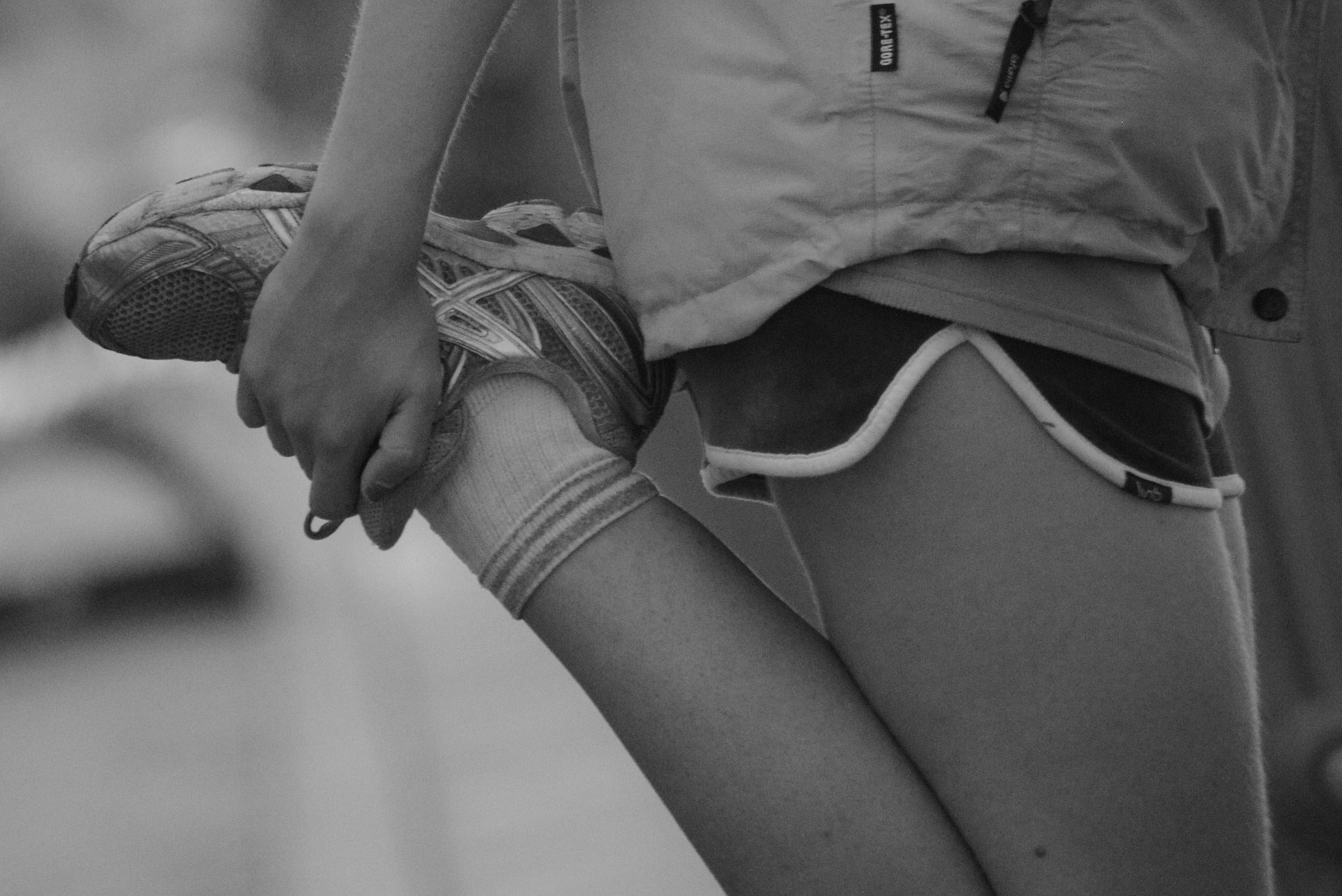
Many people experience muscle cramps during exercise and physical activity, regardless of level or intensity. It’s painful and causes you to lose your momentum. But, what are muscle cramps and should you be concerned about them or shrug it off as part of the “no pain, no gain” mentality? More importantly, can you prevent muscle cramping?
Muscle cramps during exercise are one of those things that nearly every physically active person experiences at least once. They’re painful and really unpredictable, not to mention involuntary. Many people experience them early on in their workout, while others experience them during the cool down. While some muscle cramps, also commonly referred to as muscle spasms, last a while, others go away quickly. However, no matter how short the spasm lasts, it can make you lose your momentum and lower your performance.
Muscle cramping can be an ongoing problem for some people, while for others it rarely happens. There seems to be no rhyme or reason to muscle cramping, so is it preventable?
The short answer is yes, there are things that you can do that both contribute to muscle cramping as well as prevent them.
What Are Muscle Cramps?
The Mayo Clinic defines a muscle cramp as
A sudden and involuntary contraction of one or more of your muscles.
It can happen at any time – while resting or during physical activity. However, many people who experience muscle cramps during exercise will experience them at the end of working out, especially if it was intense, or during endurance activities. Muscles that are fatigued are generally more susceptible to cramping as the muscle is unable to contract and relax efficiently. Muscle cramps are also commonly known as muscle spasms or Charley horses. They are generally harmless, comments the Mayo Clinic, but does impede the usage of the affected muscle.
A muscle cramp is marked by a sudden, intense, and sharp pain. They usually develop in the calves, but other leg muscles are also particularly at risk – such as the thigh muscles.
In many cases, it’s hard to determine the exact cause of a muscle spasm. They’re mostly due to the over-taxation of a muscle. However, dehydration and muscle strains can also cause spasming.
Can You Prevent Muscle Cramps During Exercise?
Although it’s not entirely preventable, especially if you have an underlying condition that’s causing the cramping, many muscle cramps can be prevented.
- Drink, drink, drink. Particularly on hot days and if you’re partaking in strenuous activity, you should pay closer attention to how much you drink. Although research is inconclusive when it comes to dehydration and muscle cramping, it is a known associate to the problem. Proper hydration helps your muscles work efficiently, contracting and relaxing at the proper times. Just like when you get thirsty, so do your muscle cells. They need hydration to work properly and efficiently. An electrolyte imbalance can also be the culprit, so consuming electrolytes (think, Gatorade and Powerade) will help prevent and/or lower the risk of a charley horse.
- Stretching can also help prevent muscle cramping as it helps your muscles relax.
- Increase your workouts gradually. Because cramping is more common in fatigued muscles, those who are new to working out should start out gradually and within their level range. Doing workouts that are high intensity will increase your risk for cramping. It’s important to keep in mind, however, that veteran athletes in the best shape are not immune to cramping or fatigue. Proper warm-ups, cool-downs, and knowing your limits are ways to prevent muscle cramps.
When Muscle Cramping Should Have You Worried
In general, muscle cramps will go away on their own and rather quickly. Usually, there’s nothing to be concerned about when it comes this type of pain. However, muscle cramping could be an indicator of underlying factors, such as dangerous dehydration, nerve compression, and malnourishment, particularly mineral depletion.
If you experience routine muscle cramping, it might be worth it to mention it to your doctor who can determine whether further diagnosing is necessary.
In either case, muscle cramping is an indication that you need to be taking it easy. You may not need to take a full recovery day. However, it’s an indication that you’re reaching your fitness limits and fatiguing, which can lead to further injury and exercise-induced problems. If you get a muscle cramp, slow up and slow down your workout until it subsides. If it continues to happen, take a look at your fitness routine and nutrition patterns to see if you should be doing anything different. Lastly, if you’ve tried everything at-home and are still experiencing regular muscle cramps, seek medical help to ensure there’s no underlying cause.


